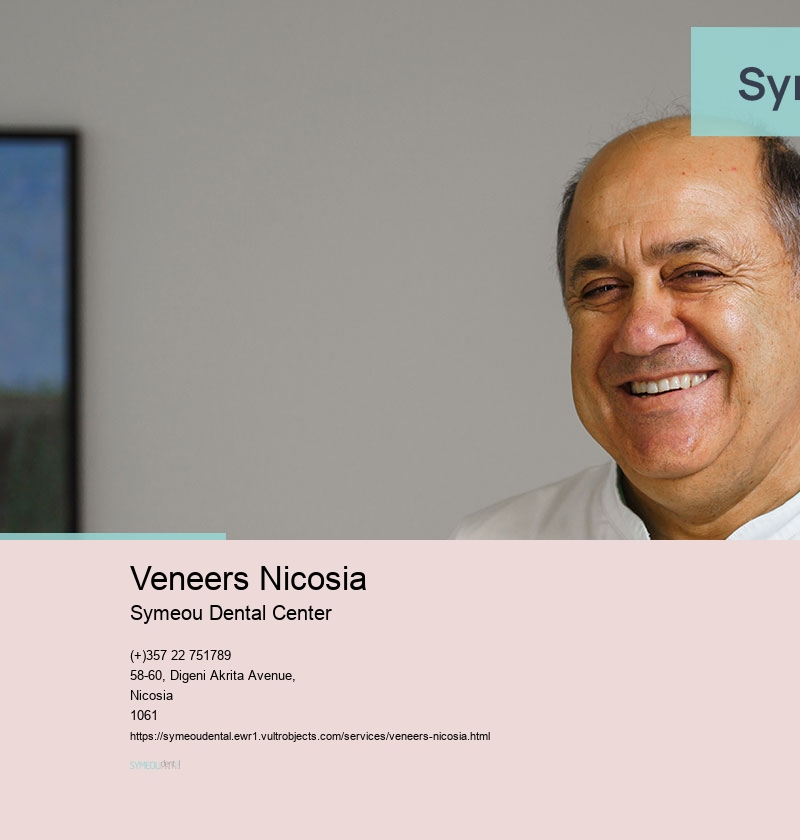Veneers Nicosia
Maintaining Your Bright Smile: Post-Whitening Care Tips
Tooth bleaching is a popular aesthetic treatment which can dramatically enhance the appearance of your teeth by removing stains and discoloration. Nonetheless, preserving the brilliant, shining smile necessitates careful effort and attention to your routine practices, especially in the time and following months after the procedure. The foods and beverages you ingest can have a profound impact on the longevity of your bleaching outcomes. Dark liquids like caffeine, tea, red wine, and sodas are famous for discoloring teeth, even after a clinical whitening treatment. To reduce the chance of re-staining, it’s wise to limit or avoid these beverages completely or to make use of a straw to lower exposure with your dentition.Additionally, washing your mouth with H2O just after eating discoloring edibles or beverages can aid prevent staining. Beyond food-related factors, maintaining good oral hygiene is vital for preserving your whitening effects.
Scrubbing twice daily with a bleaching toothpaste can help get rid of surface stains before they can to become permanent. Flossing daily is just as crucial, as it eliminates plaque and food debris from interdental areas, spots that are often skipped by cleaning alone. Regular dentist visits and scalings will not only preserve your dentition and gingiva in good condition but also ensure that your whitening outcome are durable. Your oral care provider may recommend follow-up treatments or at-home bleaching products to preserve your radiant grin over time. By taking care with your diet, maintaining good oral hygiene, and staying in touch with your dentist, you can have a brilliant smile for a prolonged period after your bleaching treatment.
